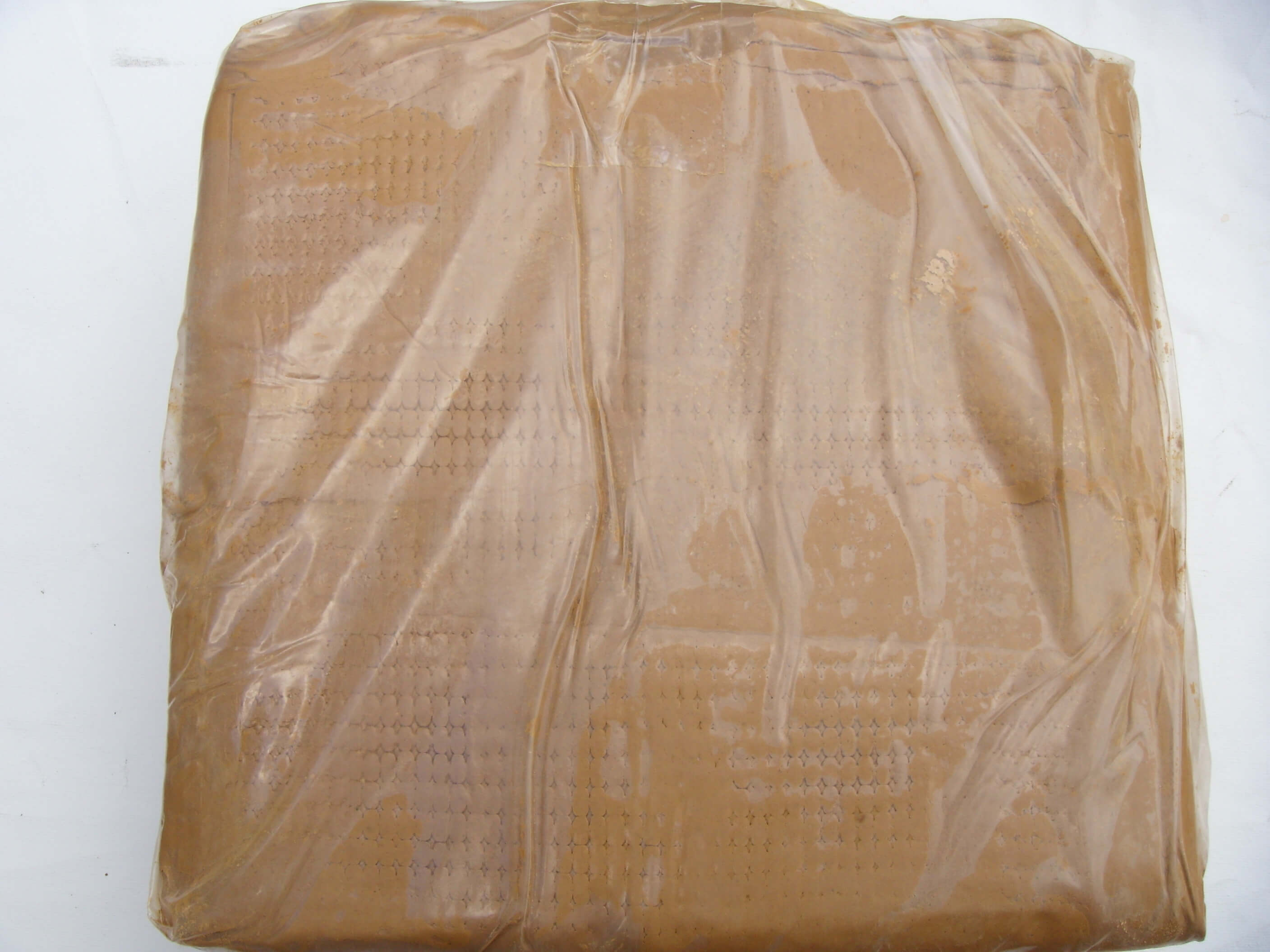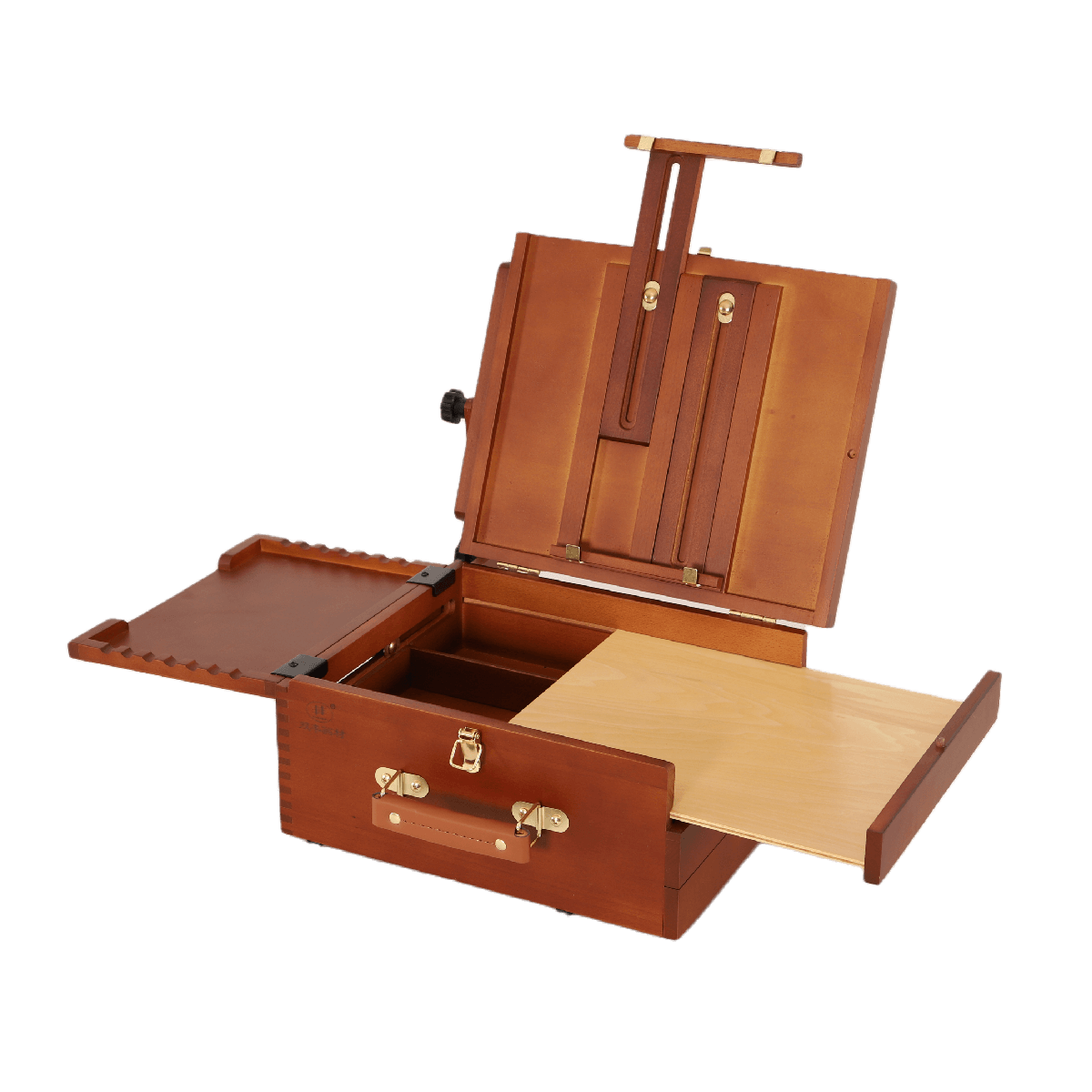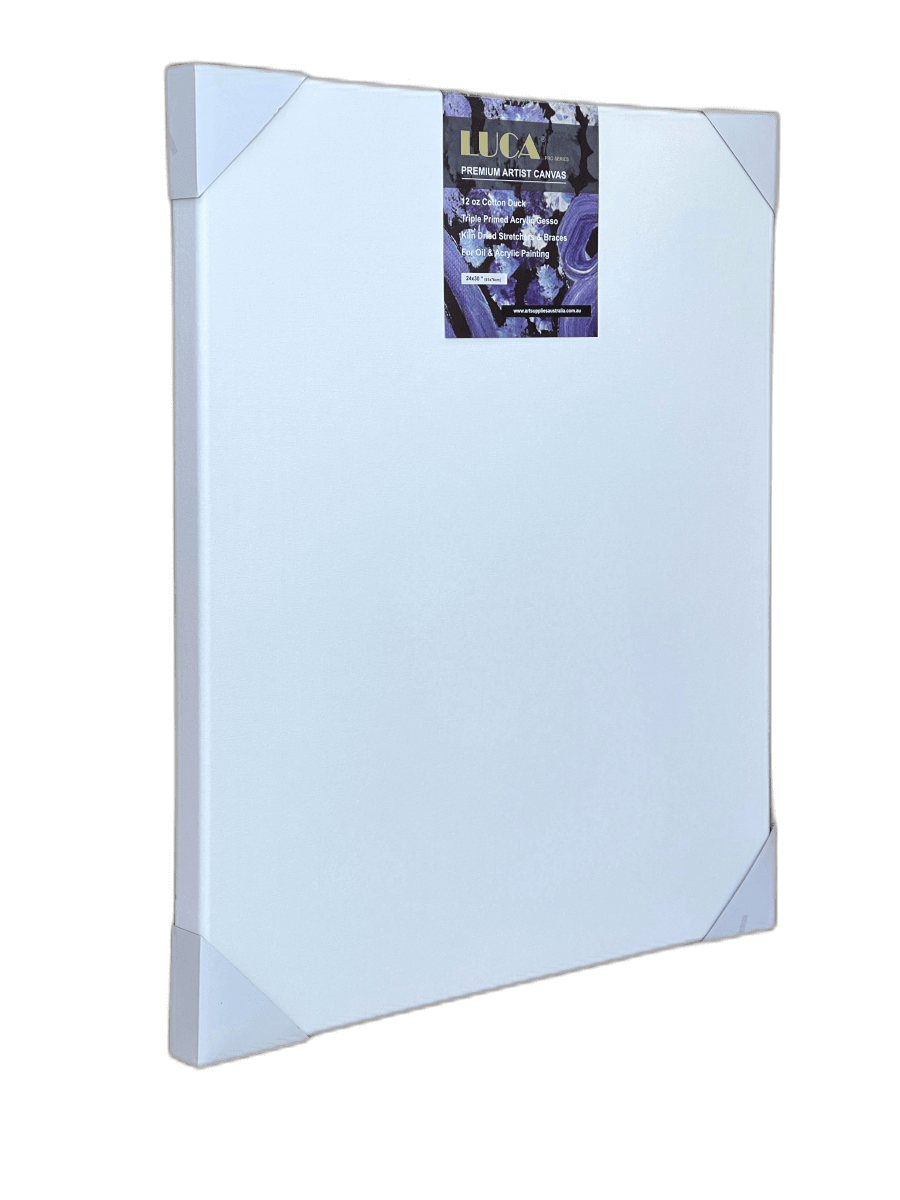Acrylic paint is a versatile material. It's easy to make at home, and it's inexpensive. You can buy large quantities of acrylic paint for much less than you would pay if you purchased each colour individually. And when you make your acrylic paint, the colours are brighter because they haven't been mixed with any fillers or extenders that are often added in commercial paints.
Making your acrylic paint also gives you the chance to experiment with different ratios of water and glue until you find just the right consistency--and this can result in some exciting effects! For example, adding more glue to your mixture will take longer for the paint to dry, but when it does, it will be thicker and richer-looking.
Can You Make Acrylic Paint at Home?
Yes, you can make acrylic paint at home. It's a straightforward project that kids can do with help from adults.
All you need is to get ready with the essential art supplies which are the three parts water, one part white glue, and a stirring implement. Stir the ingredients together until the glue is dissolved and you have a bright, colourful paint ready to use!
Tips on How to Make Acrylic Paint at Home
People often ask about the proper ratios of water-to-glue for making homemade acrylic paint.
Generally, the water should be added slowly while stirring until you reach a consistency like heavy cream, thinner than pancake batter but thicker than milk.
In general, it is best to use non-toxic white glue. In the US, most people prefer Elmer's Glue-All or Tacky Glue. If you want your paint to dry quickly, use Tacky Glue because it is made with additives that dry more rapidly than other glues. The soak time for Tacky Glue is only one minute, while some other glues need to soak for three minutes.
What's in Commercial Acrylic Paint
Most commercial paints are water, acrylic polymer emulsions (the suspending medium), and additives like fillers, extenders, thickeners, and preservatives.
Fillers are materials added to paint to increase its bulk but not its weight. You can make a comparable version of a filler-containing paint by adding a powdered substance like talc, calcium carbonate, or chalk to your homemade paint.
Extenders are materials included in paint to increase pigment volume without affecting the colour.
Thickeners are usually made with more opaque paints or improve their flow and levelling characteristics.
Preservatives are generally added to paint to prevent it from deteriorating.
How to Make Homemade Acrylic Paint
Making your acrylic paint is easy. Here are the steps for making homemade acrylic paint:
- Mix 1/3 cup of white glue with 1/3 cup water in a container that has a lid or cover. Stir the mixture until it is well-mixed.
- Add food colouring or other colourants until you have the desired shade. Stir the mixture well to ensure that the colour is evenly distributed.
- Pour the paint into another container for storage. If you are not going to use it right away, store it in a refrigerator to keep it fresh.
When you are ready to use your homemade paint, stir it well before applying it to your project. Acrylic paint dries quickly, so you will want to work on your project as soon as the paint is applied.
If you are not happy with the results, you can always add more water or white glue to the mixture to lighten or change the colour of the paint.







